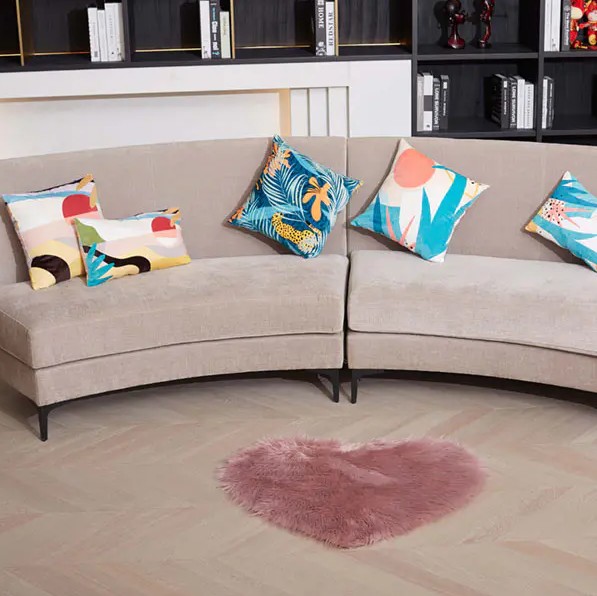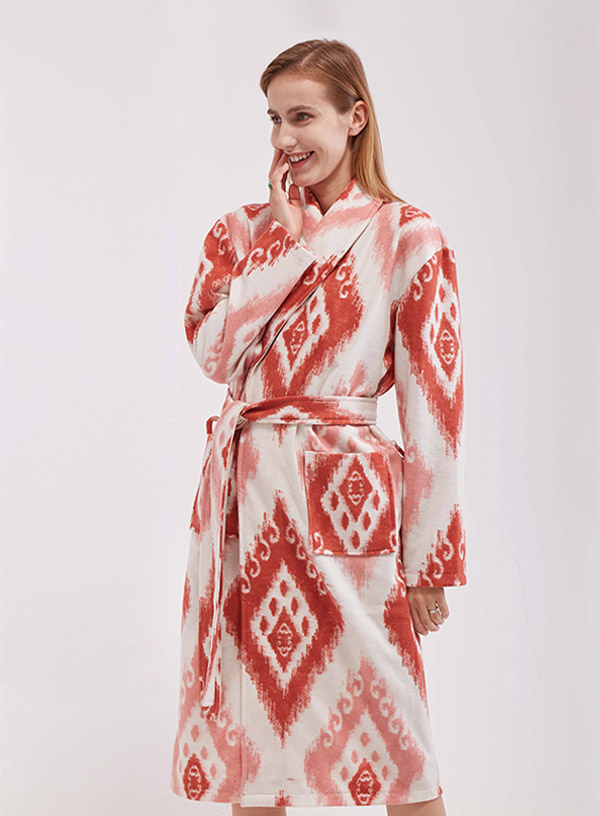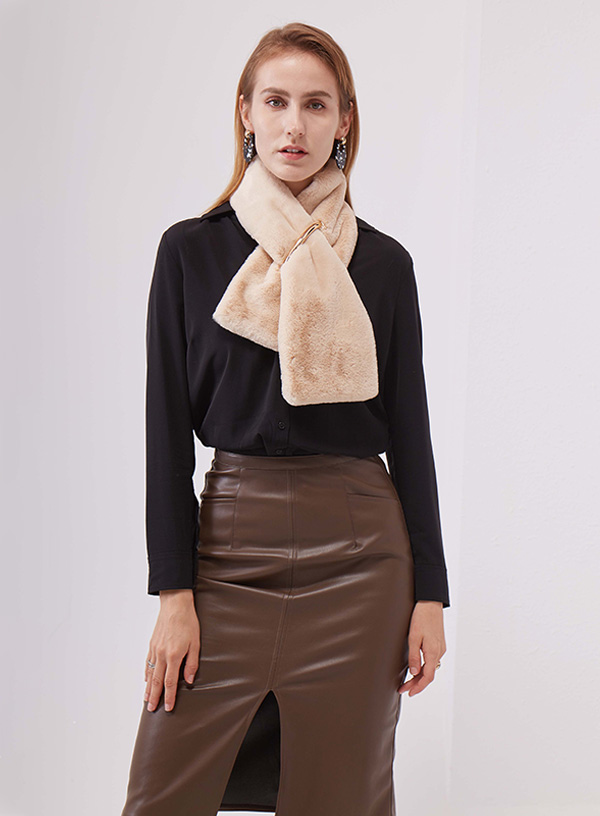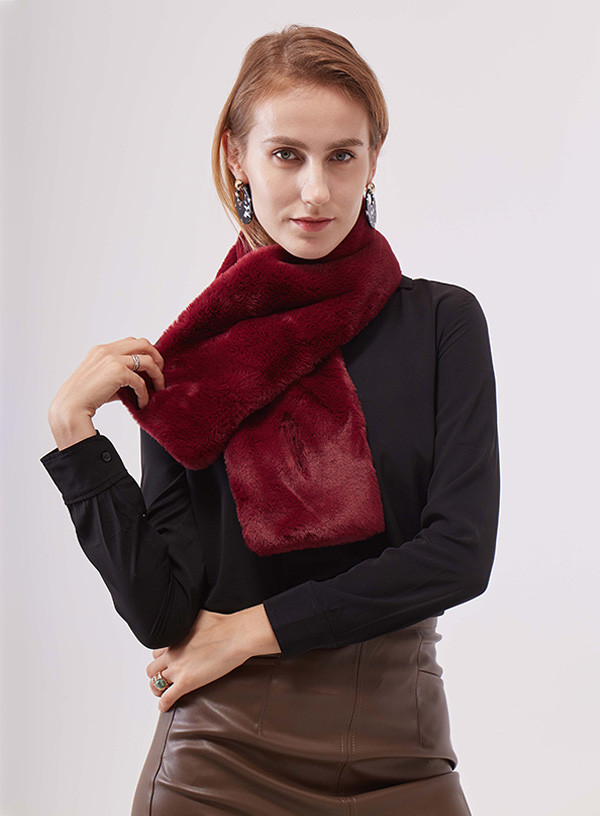Interior design is an ever-evolving canvas of self-expression, aesthetics, and comfort. In this dynamic realm, the allure of faux fur rugs has risen to prominence, offering a unique blend of style, warmth, and ethics. These rugs are not just luxurious design elements but also symbols of a conscious and cruelty-free lifestyle. Let's explore why faux fur rugs have found their place in modern interiors, where aesthetics and ethical considerations meet, all while providing a cozy and inviting ambiance.
The Evolution of Faux Fur Rugs
Faux fur rugs, once regarded as mere imitations, have undergone a remarkable transformation. They are no longer just substitutes for real animal fur; they have emerged as style statements in their own right. This transformation is underpinned by a broader societal shift, one that places a premium on ethical and sustainable choices.

Cruelty-Free Elegance
At the heart of the allure of faux fur rugs is their commitment to animal welfare. Traditional fur production often involves the use of animals like minks, foxes, and rabbits, raising concerns about their treatment and living conditions. Faux fur, by contrast, is cruelty-free. It allows individuals to revel in the sumptuousness of fur without contributing to the suffering of animals. This ethical stance is a significant driving force behind the popularity of faux fur rugs.
Aesthetic Elegance
Faux fur rugs are designed to be beautiful, with a plush texture and a softness that invites touch. Their luxurious appearance effortlessly transforms any room into a haven of elegance and style. Whether they're draped over a chair, strewn across the floor, or placed at the foot of a bed, faux fur rugs add a touch of opulence that enhances the overall decor.
Sustainability and Responsibility
The appeal of faux fur rugs is not limited to aesthetics and ethics. These rugs represent a sustainable choice for interior design. Traditional fur production has a substantial environmental impact, including land use, water consumption, and greenhouse gas emissions. Faux fur rugs, often crafted from synthetic materials like polyester, minimize the ecological footprint. Furthermore, some faux fur rugs are made from recycled or sustainable materials, contributing to responsible resource management.
Versatile Design Elements
Faux fur rugs are versatile and adapt well to various interior design styles. They are available in a wide range of colors, patterns, and sizes, making them suitable for diverse decor preferences. Whether you prefer a contemporary, minimalist look or a bohemian, eclectic style, faux fur rugs can seamlessly fit into your design scheme.
Practical Comfort
Beyond aesthetics and ethics, faux fur rugs provide practical comfort. They add an extra layer of warmth to any room, making them particularly appealing in the colder months. These rugs are perfect for sinking your feet into on chilly mornings, providing that cozy and welcoming feeling that many homes strive to achieve.
Low Maintenance
Faux fur rugs are relatively easy to clean and maintain. They do not require special cleaning processes, reducing the need for harsh chemicals and excessive water usage. This simplicity of care aligns with sustainable living practices, promoting responsible resource management.
In conclusion, faux fur rugs have carved a niche for themselves in modern interiors as cozy, stylish, and cruelty-free design elements. Their plush texture, luxurious appearance, and ethical appeal have earned them a place of prominence in homes and offices around the world. As interior design continues to evolve, faux fur rugs represent a harmonious blend of aesthetics and ethics, offering a tangible embodiment of the cozy and cruelty-free lifestyle many aspire to achieve.

 English
English  简体中文
简体中文 русский
русский Français
Français Español
Español












